
REPORTAGE
24-09-2020 by Freddie del Curatolo

The journey is adventure and often everything is planned in the smallest detail for the hidden pleasure of being unsettled by fate, hoping it is just a spiteful little spirit and not a Great Bastard.
Here, however, it is neither the Paris-Dakar nor going up the Okawango river in a pirogue. Nairobi and Maasai Mara by car is an excursion within the reach of many.
The only things that our modus vivendi can't stand are the persistent traffic of the Mombasa- Nairobi and the big snakes of trucks and coaches that overtake them and don't give a damn who comes to meet them. So we had a friend who lives in Kajiado, between Amboseli and Maasai Mara, explain to us an alternative route that for some months now is all asphalted and where there is not even a shadow of sheet metal elephants.
We leave the Hunters after a regenerating breakfast but politely refusing scrambled eggs and sausage, we greet the portrait of the hunter (in name and in fact) and two affectionate herons hovering in the air, pointing us to the exit and from Kiboko we head towards the town of Emali.
From there the Highway would become a half nightmare, because we go towards the climbs of Sultan Hamud where the trucks gear up the second one and go at 20 per hour, without fast lanes, forming endless queues and impossible to pass, unless we want to access the fast lane to the afterlife.
Then, just before entering Emali, we take the junction of the road that leads to Oloitokitok, on the border with Tanzania that here is a hundred kilometers away, and at the foot of Kilimanjaro. But that is not where we will head.
After 22 kilometers we turn right into the new asphalt road that connects nothingness with the city of Kajiado. It is a narrow but quiet county road, more or less only covered by donkeys.
It seems like being in Barbagia, on the other hand I have always thought that the maasai are the Sardinians of Africa...or vice versa. As one enters, however, one also savors an increasingly problematic and less dignified poverty.
The mud huts disappear, also due to climate change, and sheet metal shacks appear. Masonry houses are few and often are government offices or stores painted green Safaricom. Shepherding reigns supreme, donkeys beat Chinese motorcycles 3-1.
We stop in Selengei, at the foot of the only green grove we met in 40 kilometers.
The children on the coast come to meet you shouting "peremende" (and "Hello", of course) here they are more shy and reluctant, also because almost everyone since the age of five years have a stick in their hand to govern cows and goats.
Fruit and lots of vegetables disappear from the bare stalls, where onions, tomatoes and green cabbages languish.
Crossing Kenya also means coming across situations like these: not only Wild Nature and "visions of peasant souls", not only historical reminiscences and trampolines towards modernity, but also ineluctable misery and dignified resignation.
It even seems stupid to us that nobody wears a mask and that the only perception of the Covid-19 rules is in the cans with tap, but often without liquid soap, placed outside the stores. On the contrary, it is precisely from what a dilapidated shack used as a restaurant or barbershop stands out from a private "home".
This is so until you get to the outskirts of Nairobi, where the inequalities make the contrasts more evident. With all that, after meeting the great road that connects Athi River to the Tanzanian border of Namanga and turning into Isinya, we come across quite quiet suburbs like Kiserian, before taking off towards Ngong and parading alongside its green forest.
Only that color remains of Karen Blixen's hills today: all sorts of houses, from six-storey buildings to sheds with sheet metal roofs, storm the bending horizon. Traffic, trade and, toh, someone is wearing a mask.
I don't even talk about social distances. There are already economic distances to deal with.
When I saw for the first time the hills of Ngong, thirty years ago, there was still the smell of coffee from the old farms and you could reach Karen in a few minutes through the wonder. Today only the inner streets of the residential neighborhood are left of those sensations, leading right to the writer's house museum and the villas of local politicians, professionals and well-established white people.
Time to unload our things at the home of those who host us and to go and promote the Italianness of Nairobi. As you will read in other articles today.
See you tomorrow!
INFRASTRUCTURES
by redazione
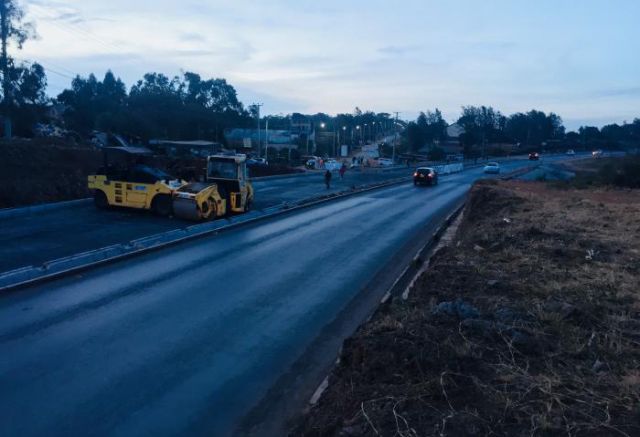
Long weekend with some inconvenience for motorists in the capital Nairobi for the closure of the...

Karen Dinesen Blixen lived in Kenya from 1914 to 1931.
She came there from the icy Denmark with her husband, baron Von Blixen, to buy a plot on the hills Ngong, near Nairobi, and build then a farm.
Rather being...
PLACES
by redazione

A week after its reopening with the new management by Fermento, the historic Karen Blixen...
PLACES
by redazione
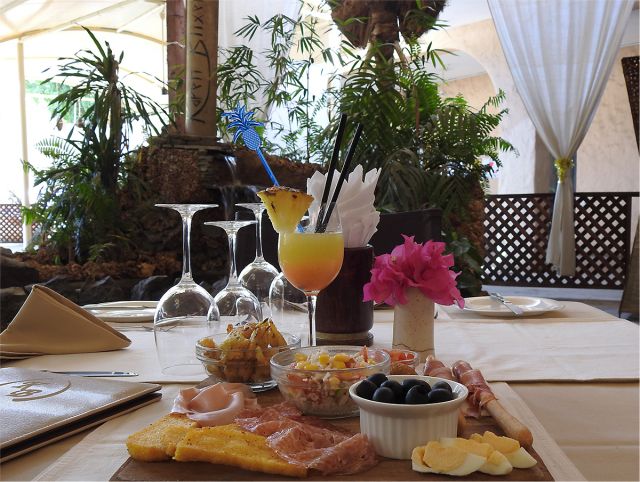
EveryThursday, a very special weekly aperitif will be served at the Karen Blixen...
LATEST NEWS
by redazione
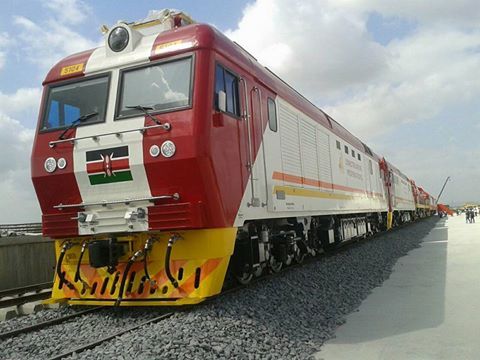
NEWS
by redazione
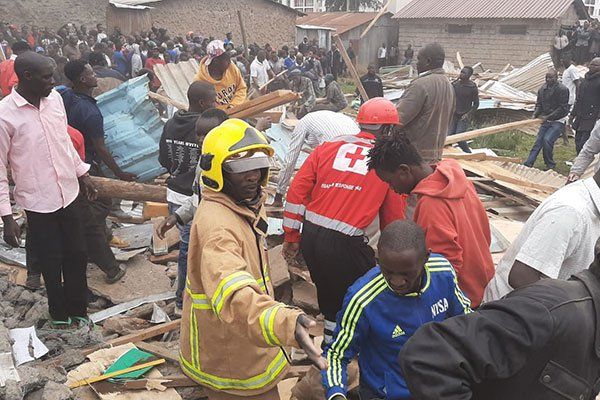
At least seven children between the ages of eight and fifteen have been extracted without life after the ...
SHOWS
by Leni Frau
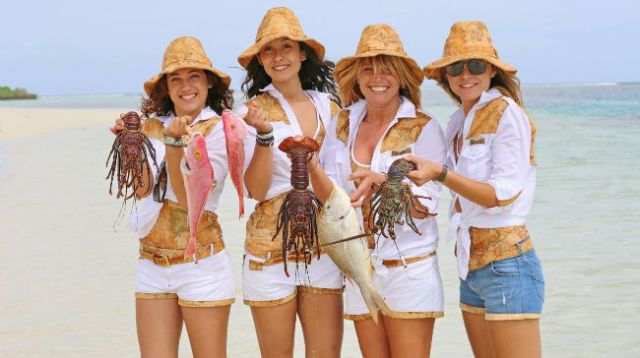
This year Kenya will be Kenya the starting point of the lucky 4 "Women's Adventure"network transmission, the reality-reportage travel to which young and beautiful girls participate who cultivate the dream of being travel and adventure reporters.
PLACES
by redazione

Each town, each community has its own historical haunts, symbols of the pleasure of meeting in...
BOOKS ABOUT KENYA
by Freddie del Curatolo
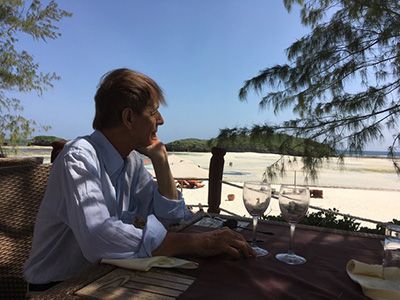
The rhythm and melody of the trip and it is impossible to look the other way, when it is not only professional ethics to be called in helping others.
There is so much love, so much poetry and a lot...
NEWS
by redazione
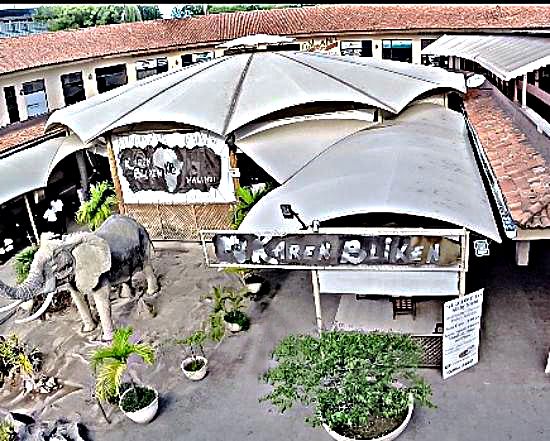
One of the symbols of Malindi tourism and daily services is ready to reopen after an ...
PERSONS
by Freddie del Curatolo

A biographical book recounts the adventurous life between Kenya and Italy of Lyduska de Nordis, who...
HEALTH
by redazione

In fourteen counties of Kenya, prevention for the Coronavirus emergency has already begun and the rules...